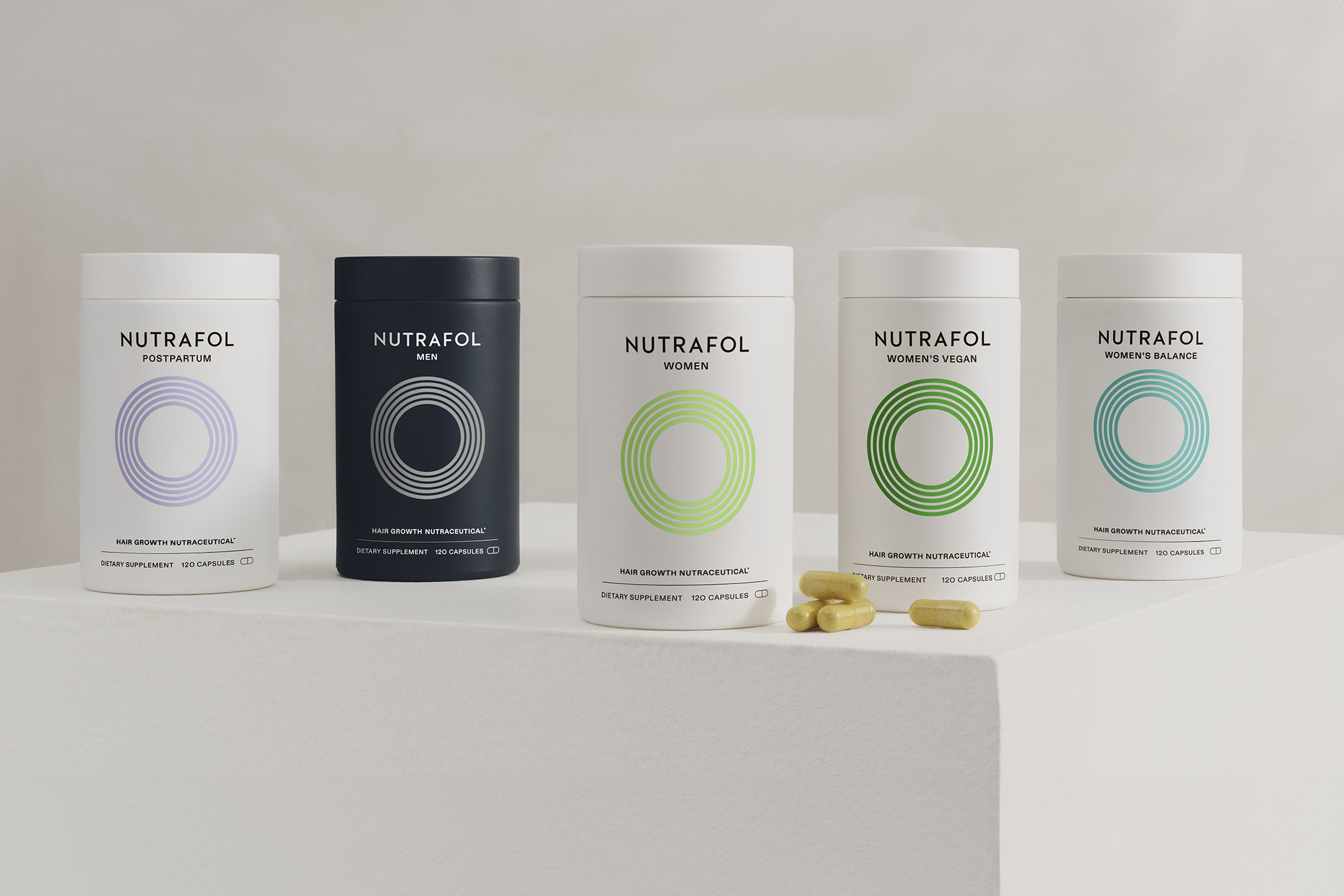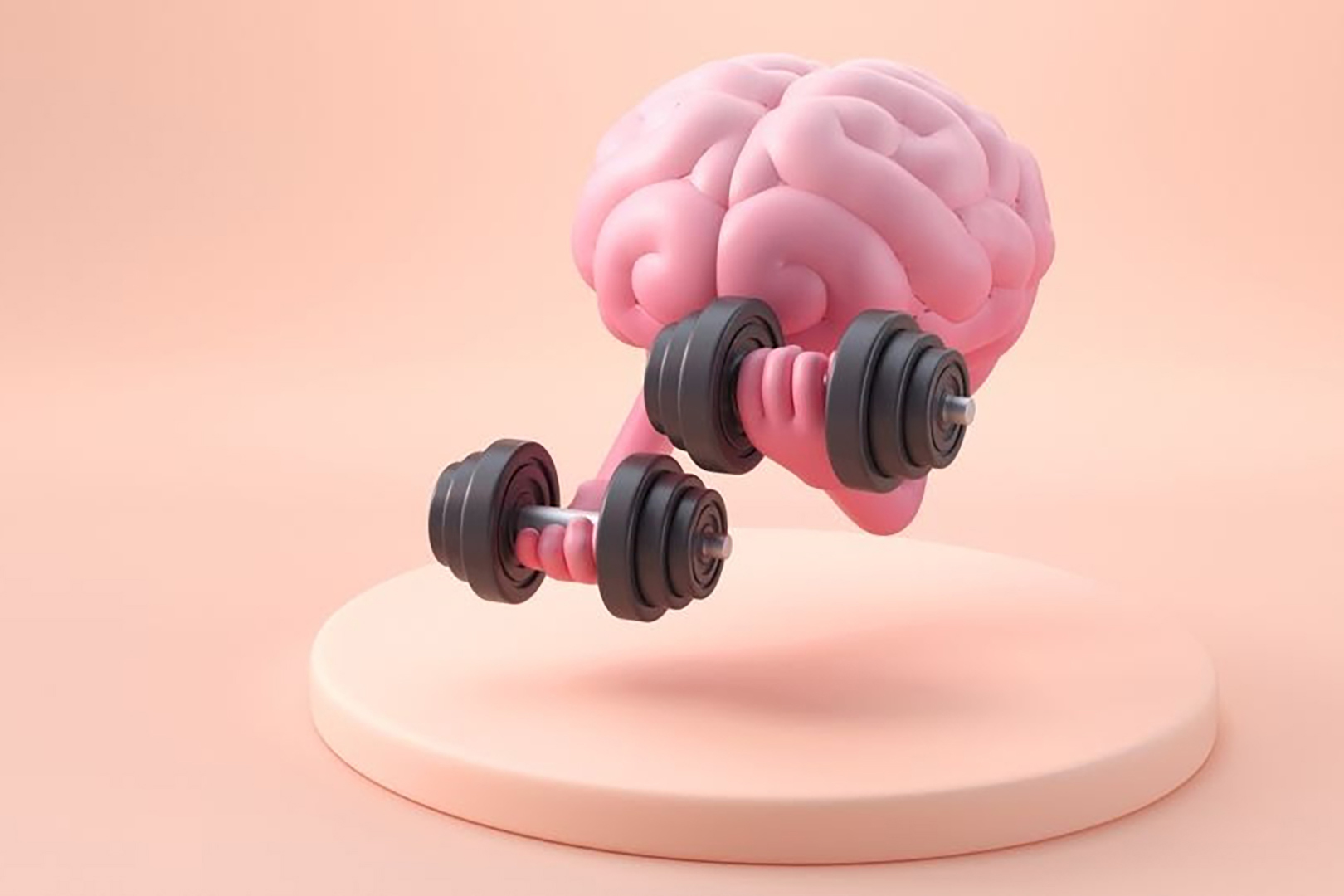Dear readers,
Harnessing Heart Rate Variability (HRV) for Holistic Health: A Guide by Dr. Gajer
Achieving optimal fitness results involves subjecting our bodies to precisely the right levels of stress that encourage positive adaptations and changes, without overburdening our physical resources. Sometimes, it is hard to know what that precise level of stress is and if we are not exercising enough or perhaps we are exercising too much. Heart Rate Variability (HRV), a measure of the variation in time between each heartbeat, has emerged as a powerful indicator of overall health and fitness levels. Lets delve into the significance of HRV and its implications for gauging exercise intensity.
Understanding HRV: A Window into Health
HRV reflects the dynamic interplay between the sympathetic and parasympathetic branches of the autonomic nervous system. In simpler terms, it measures the flexibility and adaptability of your heart to respond to various stimuli. Higher HRV indicates better cardiovascular health, stress resilience, and overall well-being, whereas lower HRV may signify fatigue, illness, or excessive stress.
Recent research has highlighted the multifaceted role of HRV beyond cardiovascular health. It has been associated with mental health, sleep quality, and even longevity. Monitoring HRV can thus provide valuable insights into an individual’s overall physiological state and resilience.
Using HRV to Gauge Exercise Intensity
One of the most intriguing applications of HRV is in optimizing exercise routines. Traditionally, we relied on metrics like heart rate (HR) to gauge exercise intensity. However, HRV offers a more nuanced approach by considering the body’s readiness to handle stress. Here’s how it works:
1. Baseline Assessment: Begin by establishing a baseline HRV measurement. This serves as your personal reference point and allows you to track deviations over time.
2. Trend Analysis: Monitor trends in your HRV readings before and after exercise sessions. A consistent decline in HRV post-exercise may indicate excessive strain, suggesting the need for adjustments in intensity or recovery strategies.
3. Individualized Approach: Recognize that optimal exercise intensity varies from person to person. While some individuals thrive with high-intensity workouts, others may benefit more from moderate or low-intensity activities. HRV provides personalized feedback, helping you tailor your exercise regimen to suit your body’s needs.
4. Periodization: Incorporate periods of rest and recovery into your training schedule based on HRV fluctuations. Adjust the intensity and volume of your workouts accordingly to prevent overtraining and optimize performance gains.
Devices for Tracking HRV
Several wearable devices and smartphone apps are available to conveniently monitor HRV. These tools typically use photoplethysmography (PPG) sensors or chest straps to capture heart rate data, from which HRV metrics are derived. Some popular options include:
1. Fitness Trackers: Many fitness trackers, such as Fitbit and Garmin, offer HRV monitoring features alongside other health metrics. These devices provide continuous heart rate monitoring and comprehensive activity tracking.
2. Smartwatches: Brands like Apple Watch and Samsung Galaxy Watch also include HRV monitoring capabilities. Their user-friendly interfaces and additional features make them popular choices for health-conscious individuals.
3. Dedicated HRV Monitors: For more advanced users, dedicated HRV monitors like the Oura Ring or Polar H10 chest strap offer higher accuracy and detailed insights into HRV parameters.
HRV serves as a valuable metric for assessing overall health and optimizing exercise performance. By monitoring HRV trends, individuals can gain deeper insights into their physiological state and make informed decisions about their fitness routines. With the abundance of wearable devices and apps available, tracking HRV has never been more accessible. As we embrace a more holistic approach to health and fitness, integrating HRV monitoring into our wellness strategies can pave the way for improved resilience, performance, and well-being.
Warm regards,
Dr. Gajer






